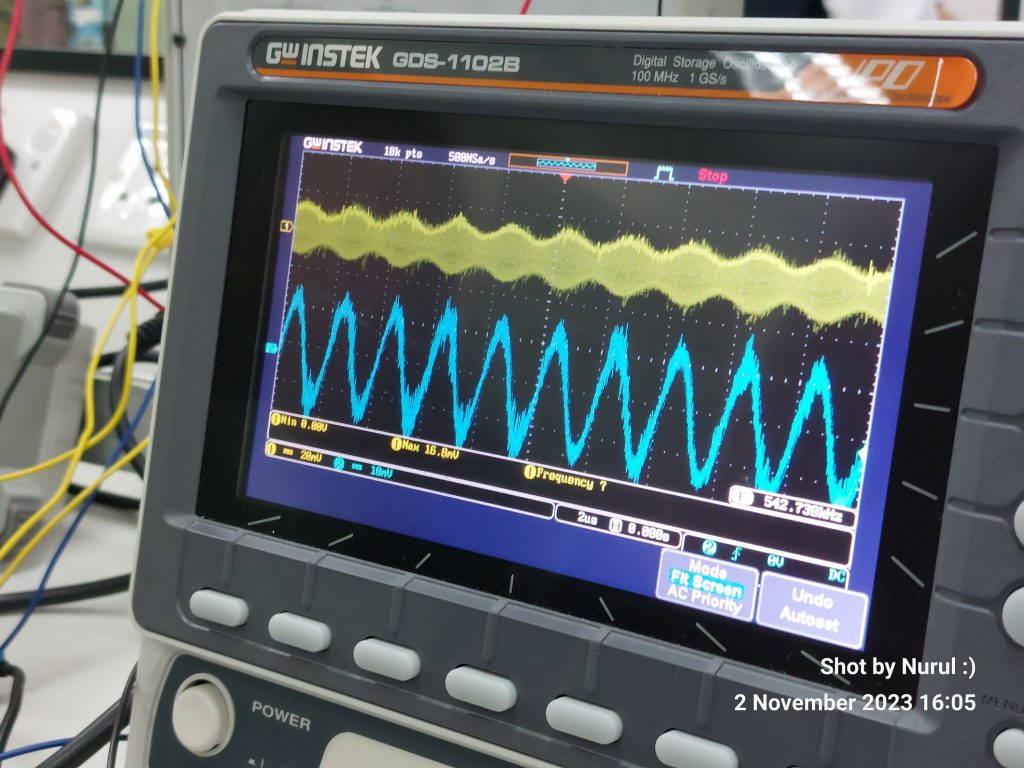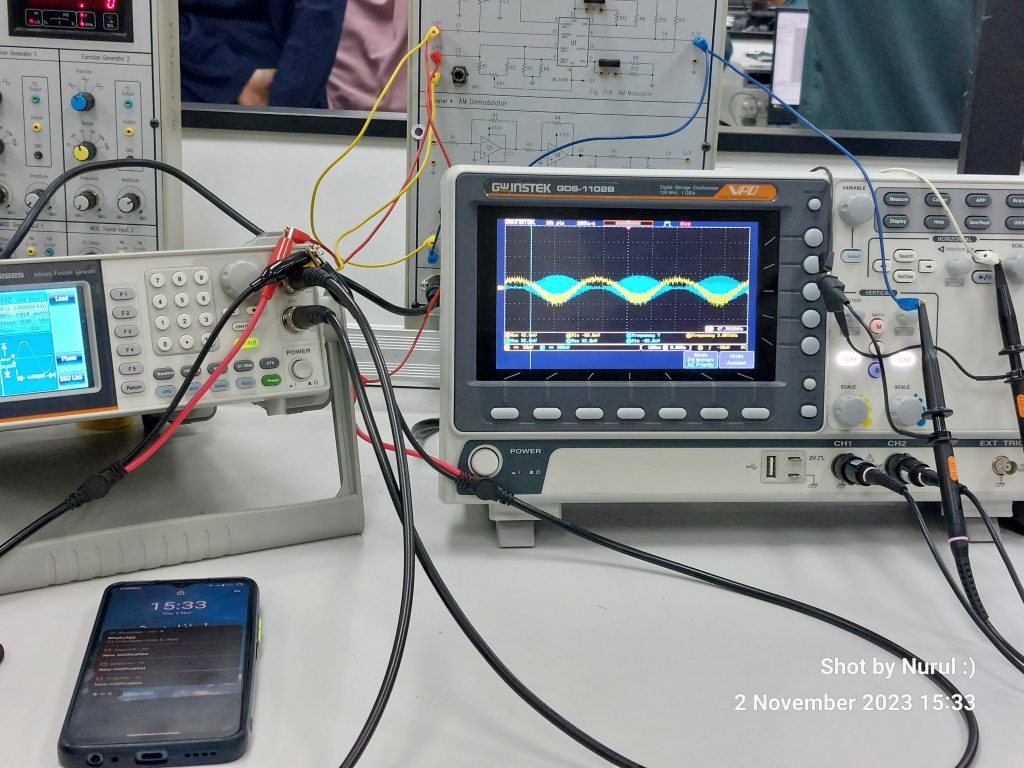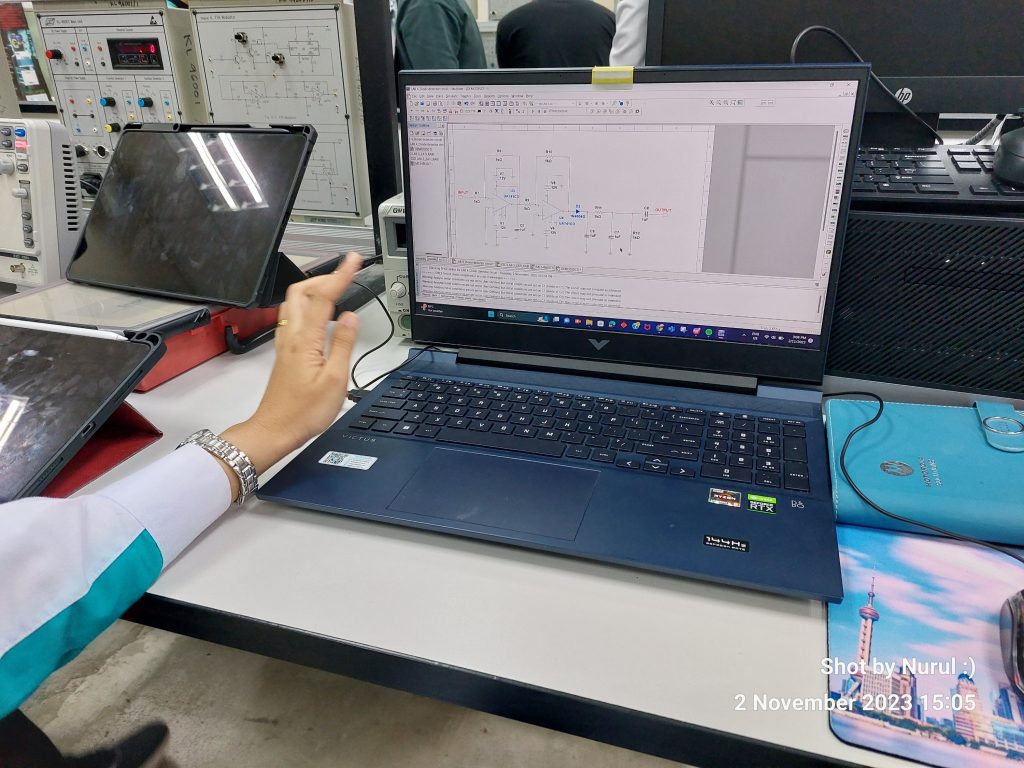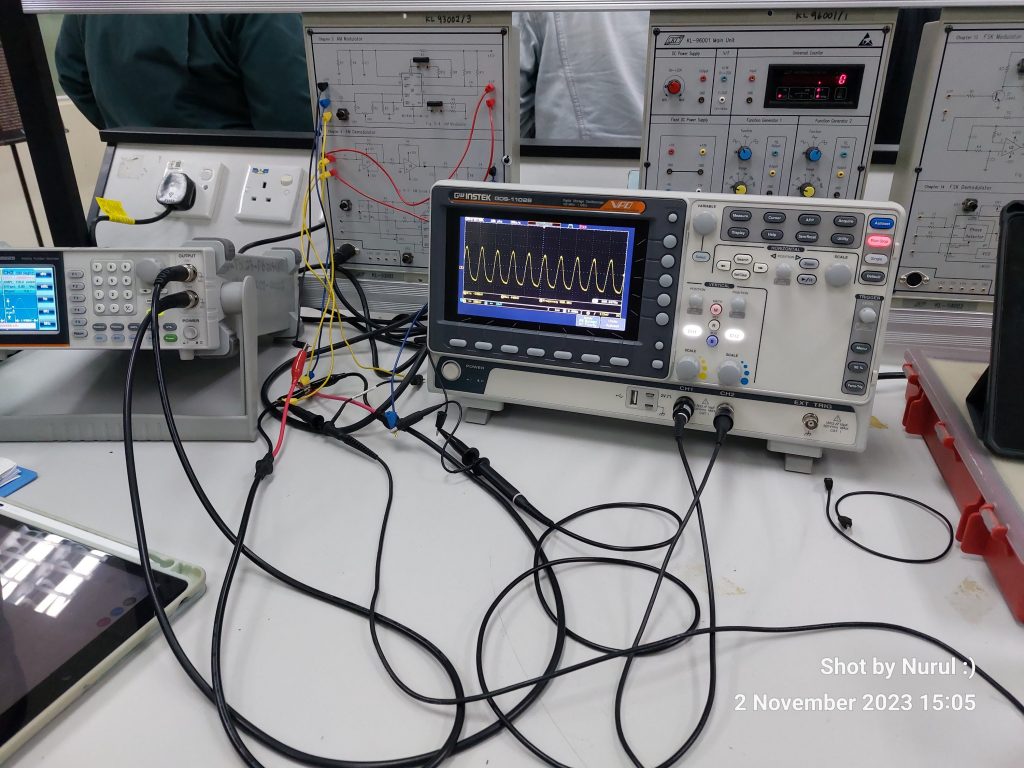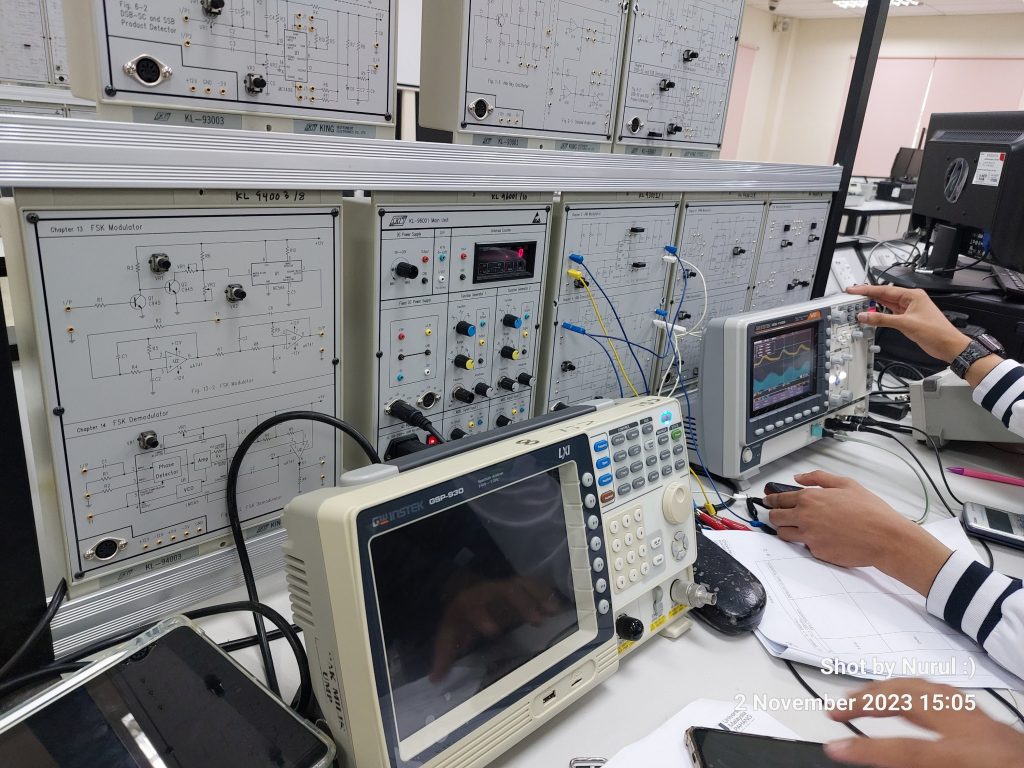1 – Understanding Amplitude Demodulation
In signal processing, amplitude modulation (AM) is a fundamental technique that allows us to transmit information by varying the amplitude of a carrier signal. In ths lab session – dedicated to demodulation, understanding the process of amplitude demodulation is crucial. This process, often referred to as “demodulating” or “detecting,” involves the extraction of the original message signal from a modulated carrier signal. In this blog post, we will explore the concepts and methods behind amplitude demodulation, providing valuable insights for your lab session.
The Basics of Amplitude Modulation
Before delving into amplitude demodulation, let’s briefly revisit the concept of amplitude modulation. AM is a modulation technique that superimposes a message signal onto a carrier signal by varying the carrier’s amplitude in accordance with the message signal. This modulation process enables the transmission of analog information, such as audio signals, over radio waves.
2 – The Need for Demodulation
After transmission, the receiver needs to extract the original message signal, from the modulated carrier signal. This is where demodulation comes into play. The demodulation process is essential for various applications, including radio broadcasting, radar systems, and more.
3 – Amplitude Demodulation Techniques
Amplitude demodulation is the process of retrieving the original message signal from an AM-modulated carrier signal. There are several methods to accomplish this task, and we’ll explore two common techniques:
4 – Envelope Detection
Envelope detection, also known as diode detection, is a straightforward method for demodulating AM signals. It relies on the fact that the envelope of an AM signal is proportional to the message signal.
The modulated signal is rectified using a diode, which essentially removes the negative component of the signal.
The resulting rectified signal is then low-pass filtered to smooth out the high-frequency components introduced during rectification.
The output of the low-pass filter represents the envelope of the original message signal.
Envelope detection is simple but effective and is commonly used in AM radio receivers.
5 – Synchronous Detection
Synchronous detection, also known as coherent detection, is a more sophisticated demodulation technique. It requires knowledge of the carrier signal’s frequency and phase.
The received modulated signal is mixed with a local oscillator signal at the carrier frequency. This mixing process shifts the carrier frequency down to baseband, resulting in a complex signal.
The complex signal is then low-pass filtered to obtain the real part, which represents the demodulated message signal. Synchronous detection is often used in high-performance AM demodulation and is more immune to noise and interference.
As you delve deeper into your lab session, remember that practical experience and experimentation play a significant role in mastering amplitude demodulation. By combining theoretical knowledge with hands-on practice, you’ll be well-equipped to tackle real-world challenges in signal processing and communication systems.
In the next session, we’ll look into Double SideBand Modulation.

